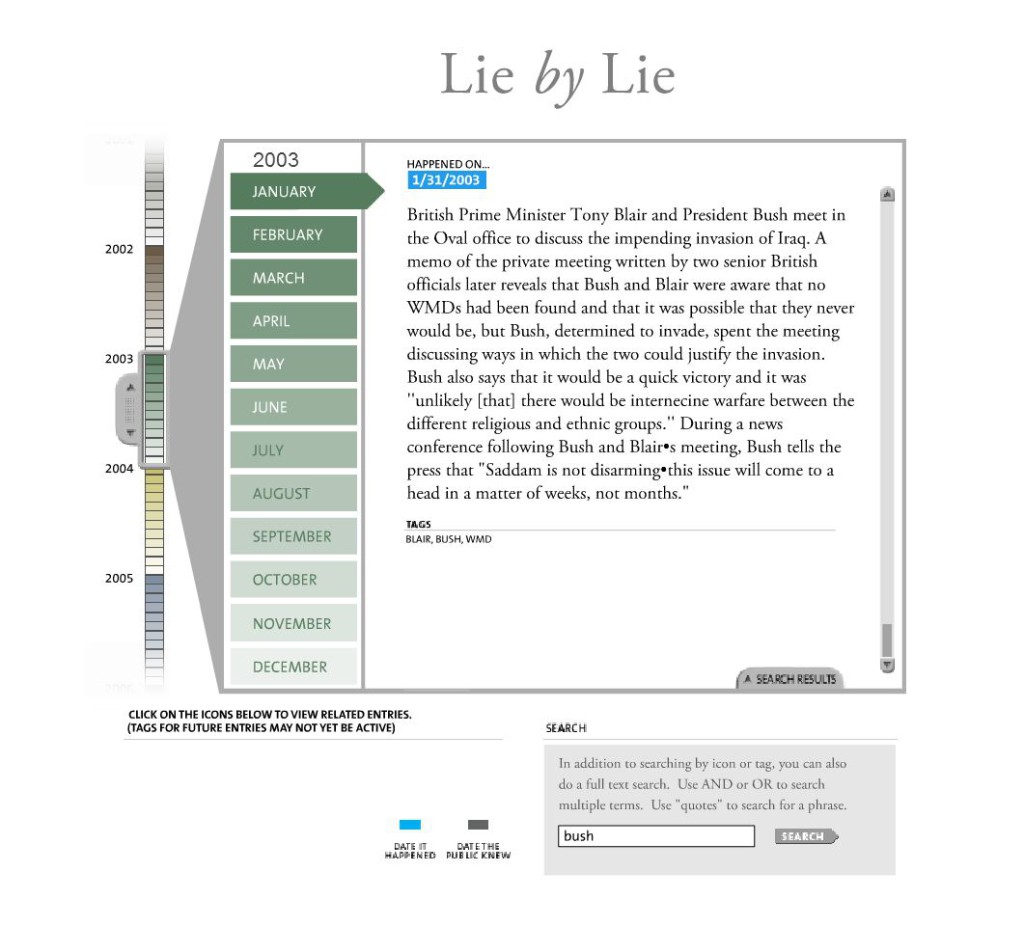Resistance to war is as old as war itself. The first recorded instance was a Christian, Maximilian, who was executed in the 3rd century AD for refusing to join the Roman army. There have been many other individuals who have refused to serve in war throughout history. But for the beginnings of a coherent peace movement, rather than individual resistance, we have to look to the 19th century.
In America, the first pamphlets calling for an organised anti-war movement were distributed in 1814, and the first meeting of the New York Peace Society followed a year afterwards. Soon there were chapters all over America, and similar societies in Europe too. The American Peace Society was officially founded in 1828.
During World War I, a large number of men resisted conscription on the grounds of conscientious objection to war. Some were made to pay fines, and many others were sent to prison. The No-Conscription Fellowship was formed in 1914, and grew into a substantial movement once conscription was introduced in 1916. Some of these objectors went on to found War Resisters’ International in the aftermath of the war. The War Resisters’ League, its American branch, was set up a couple of years later in 1923, and both groups are still actively campaigning today.
It wasn’t until the Vietnam War, however, that the anti-war movement began to really take hold in the public imagination. Opposition to the war became less individual and, inspired by the Civil Rights movement, took the form of widespread, large-scale demonstrations attended by people from all walks of life. Starting with small demonstrations on university campuses around the United States in 1964 the movement grew quickly, with several marches of hundreds of thousands of people throughout the USA and in Europe over the following years. In 1969, the November 15th Moratorium March in Washington, D.C. was attended by over half a million people.
Vietnam Veterans Against the War was founded in 1967, and quickly grew to have tens of thousands of members. Many of them gathered at the Capitol in 1971 to give back the medals they had been awarded during military service, an act that inspired the members of Iraq Veterans Against the War to do the same over 30 years later. Ron Kovic, one of the most outspoken members of VVAW, was a key figure in the opposition to the Iraq War in 2003 and led hundreds of thousands of people in an anti-war march in London.
In the 1980s, the women’s camp of Greenham Common provided a focus for voices of discontent at Britain’s headlong rush into the nuclear arms race as the Cold War dragged on. In the 1990s, there were strikes and marches in cities around the world in protest against the Gulf War.
In the 21st century, the anti-war movement reached an unprecedented scale. There were regular demonstrations around the world from the beginning of the Afghanistan War onwards, culminating on February 15th 2003 with a massive worldwide day of protest against the imminent invasion of Iraq, attended by millions around the globe. The groups who helped mobilize the protest, among them A.N.S.W.E.R, United for Peace and Justice, the Stop the War Coalition and Code Pink, continue to organise demonstrations and actions against the on-going presence of troops in Iraq and Afghanistan.
Times may have changed, but the words of peace activists throughout history still resonate today.
Listen to the American Peace Society in 1845, reproaching the vast waste of life and resources that constitutes war:
‘On whom do the evils of war fall? Are its guilt abettors the men that pay its expenses, bear its hardships, and suffer its countless woes? No; these come upon the people. It is their earnings that are wasted, their blood that is poured out like water’
Or Bertrand Russell in 1914, condemning the indifference of the ruling class to the horrors of war, the insidious influence of the pro-war press and the ulterior motives of the warmongers, an all too familiar refrain today:
‘Behind the diplomatists, dimly heard in the official documents, stand vast forces of national greed, and national hatred, atavistic instincts concentrated and directed by governments and the press, fostered by the upper class as a distraction from social discontent, artificially nourished by the sinister influence of the makers of armaments’





